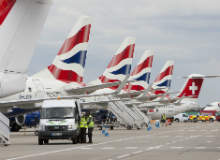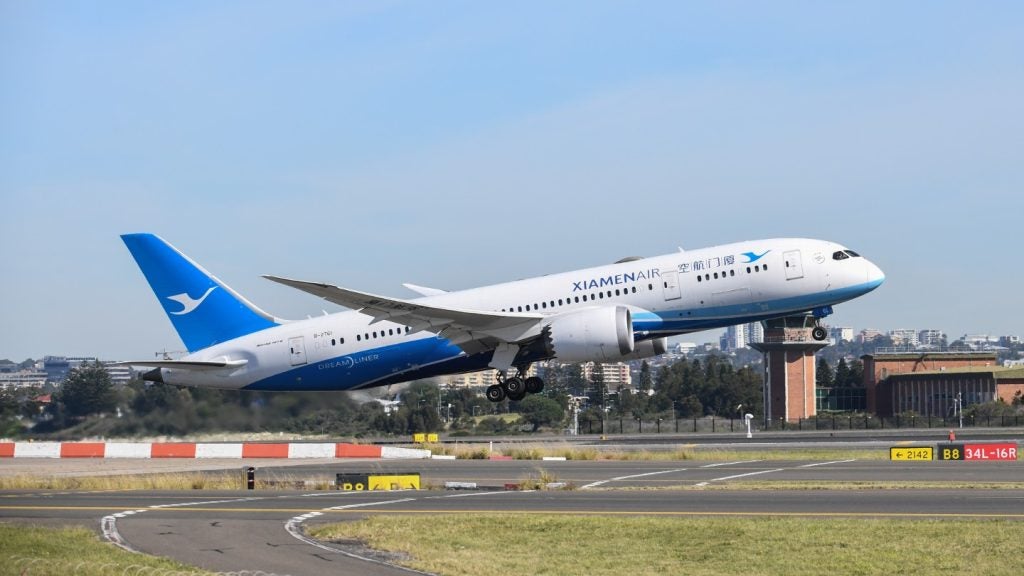
While the country is growing increasingly impatient with the government’s hesitation on whether to deliver a new runway at either Heathrow or Gatwick, the rest of the UK’s airports are feeling left out in dealing with an unprecedented level of growth.
Dealing with interim passenger capacity is “a nice problem to have”, as chief executive officer at London City Airport Declan Collier put it, but it’s nonetheless a problem that has perplexed the government for the past fifty years.
Speaking on this issue at the Airports conference organised by New Civil Engineer, a panel of representatives of four of UK’s biggest airports agreed that a better civil aviation policy is desperately needed in order to build infrastructure, improve connectivity to and from the airports and stay competitive in the fast growing, ultra-connected global aviation market.
UK business demands extra airport capacity
“The UK economy and UK business wants this capacity tomorrow morning,” said chief executive office at Birmingham Airport Paul Kehoe. “It needs to connect the world blooming out there and we need to connect to that now, not wait 14 years.”
“That’s a disgrace, an absolute disgrace for the UK and we should be ashamed of ourselves.”
Birmingham Airport is just one of the hubs that have seen great growth. Over the past two years, it has added five new long-haul routes to reach today’s total of eight, and “that growth is just continuing as people want to connect eastwards,” Kehoe says.
How well do you really know your competitors?
Access the most comprehensive Company Profiles on the market, powered by GlobalData. Save hours of research. Gain competitive edge.

Thank you!
Your download email will arrive shortly
Not ready to buy yet? Download a free sample
We are confident about the unique quality of our Company Profiles. However, we want you to make the most beneficial decision for your business, so we offer a free sample that you can download by submitting the below form
By GlobalDataBy the time the new runway will be operational at either Heathrow or Gatwick, around 2030 or 2035, other major infrastructure project such as HS2 and Hinkley Point will be here.
“When we get to 2030, Birmingham airport will have taken advantage of the market, making significant investments and rewards for our shareholders, but more importantly, for the local community we live in, the Midlands engine which is so desperate to connect with the world.”
Echoing Kehoe’s views, engineering services director for Manchester Airports Group Paul Willis reiterated that there are other airports in the UK that are delivering demand both Heathrow and Gatwick can’t constrain.
For example, London Stansted has 50% spare capacity that could be used and Willis approximates that around 40% of the possible demand that could be achieved in the London area could come through Stansted.
“We’ve got spare capacity and we want to introduce more long-haul flights to Stansted,” he says.
Better airport connectivity as a necessity for growth
Addressing the government’s aviation policy, Willis argues that everyone’s looking long term but missing short term fixes that need to be done, such as rail connectivity.
“The thing that frustrates us with the government [is that] they’re all focused on runways and concrete, whether that’s at Heathrow or Gatwick – and that’s not the only way that we can enlarge the catchment area and also drive capacity through our airports.”
Willis also called on the government to impose a tax break on Air Passenger Duty, an element that is “holding back” the airport from adding extra long-haul routes and expanding.
Possibly the best example of how airports were caught off guard by increased demand came from London Luton, which now has a physical capacity of 12.6 million passengers.
But back in August 2014, when Luton received planning permission to grow their capacity to 18 million, the airport expected to reach that level of demand no sooner than 2027. But the reality is that Luton will “be full” in 2019, nearly seven years before their prognosis.
“You can take two things from that: firstly, our forecasting skills are crap,” chief executive officer Nick Barton jokes. “The other thing is that London as a destination is probably the best global prospect in the world at the moment and tragically, we don’t have the physical capacity to support the growth of this great city”.
UK’s big infrastructure projects hinged on indecision
Luton is taking steps towards accommodating its future passengers by introducing a rail link which will be fully operational in 2020.
London City Airport has also embarked on a £340 million expansion plan ahead of it turning 30 years old next year. It is currently handling 5 million passengers out of a terminal originally built to handle only 3 million.
Referencing a £200 million expansion turned down by former mayor Boris Johnson in 2015, London City’s Collier said: “The tragedy is that there is a huge demand for passengers to come to London, we have the ability to deliver more capacity and yet we struggle to get the permission to do it for the past two years.”
He pointed out that in the time it will take to have the new runway in London, the major cities around the world will deliver 50 new runways, facilitating capacity for an extra 1 billion passengers. China alone, Collier says, will deliver 17 new airports over the next ten years.
“It’s a struggle that as a country we have to address. Just imagine how great Great Britain would be if we weren’t struggling with our inability to deliver major infrastructure projects and facilitate a planning system that would deliver those projects,” he said.





